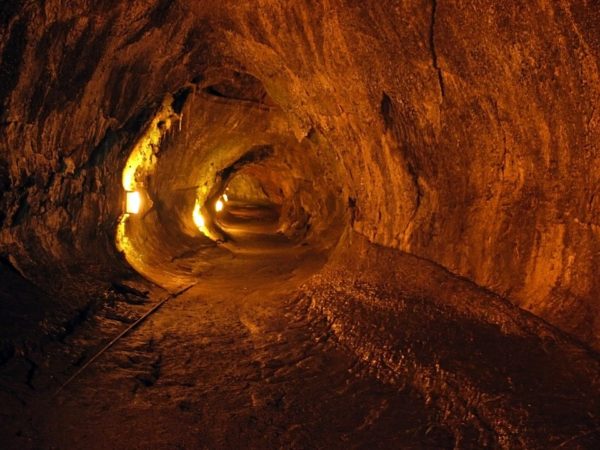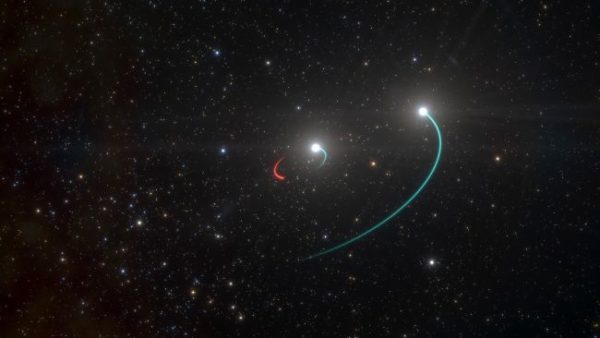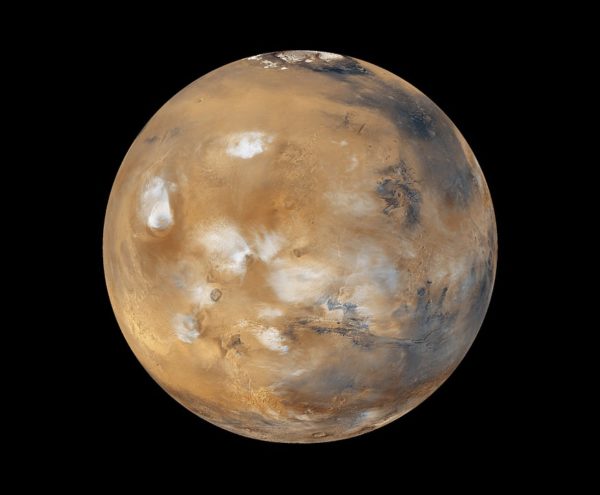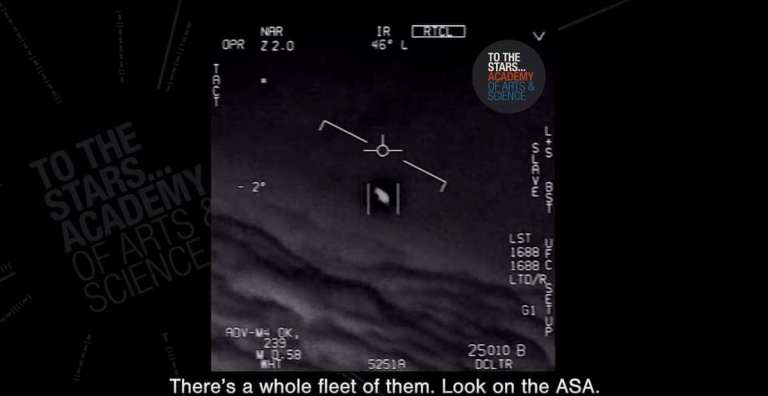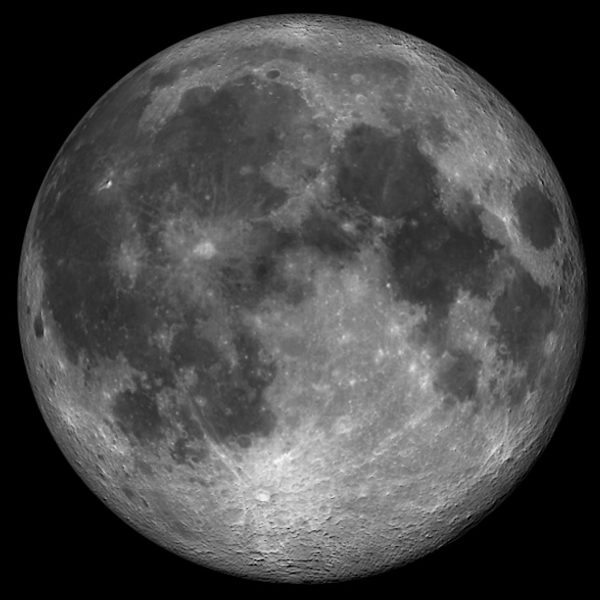In Space, “X” Marks the Spot
Spied through a normal telescope, the galaxy PKS 2014−55 is an unremarkable smudge of bright light. But look again in radio wavelengths, and you’ll see that the galaxy is hiding a gargantuan, glowing treasure at its center — and X marks the spot. PKS 2014−55 is an X-shaped radio galaxy (XRG), an unusual type of galaxy that looks like an enormous X in the night sky when imaged in radio wavelengths. The long arms of the X — each one about 100 times longer than the Milky Way — are actually a blazing-fast soup of particles and magnetic fields, blasted … Read more





